Perennial bells: types, planting and care

Perennial bells are plants of amazing beauty, which are pleasant to admire in any local area. Such flowers can easily become a spectacular garden decoration. They bring landscape design to life, making it brighter and more colorful. In this article, we will take a closer look at the varieties of perennial bells and learn how to properly care for them.
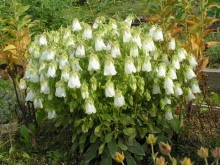
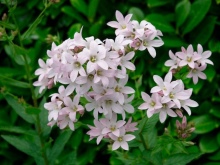
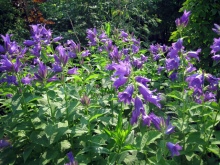
Description
Bells are beautiful herbaceous plants belonging to the family of the same name. Breeders have bred more than 300 different types of flowers. The Latin name for perennial bells is "Campanula" (translated as "bell"). The varieties that were specially bred by breeders are characterized by more solid and lush flowering. Their inflorescences are brighter, more colorful and decorative.
The plant in question received the name due to the special shape of the flowers. - they are very similar to the classic bell. These flowers enjoy a temperate climate. Their growth is rapid, so gardeners very often have to resort to thinning the beds, growing perennial bells.
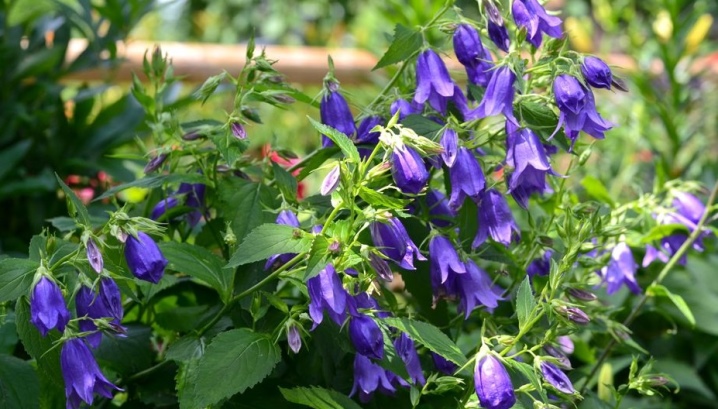
Only one flower can grow on one stem of the plant in question, but most often these are attractive inflorescences that resemble small tassel-shaped panicles. Flower seeds ripen in neat boxes (from 4 to 6 pieces) with small gaps.
Some varieties have tubular bowls with pointed petals at the top. There are also larger varieties of flowers. Some varieties are characterized by rounded leaf plates at the base of the stem, and lanceolate leaves are present on the trunk.
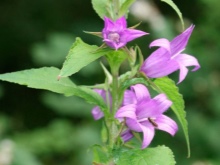
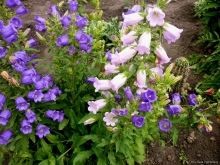

As a rule, the flowering stage for perennial bells occurs in the first half of May. This period lasts until mid-July. In a number of subspecies, flowering occurs in the last days of the summer season and ends in September. You can also find varieties that delight with multi-colored tassels for 90 days.
Perennial bells are insanely popular these days. Many gardeners choose them for planting in their plots. The main feature inherent in these perennials is their unpretentiousness. It is very simple to care for them - even a novice florist can cope with this without any problems.with little experience. The plant looks gorgeous both in group plantings and on attractive alpine slides or in flower beds, special mixborders.
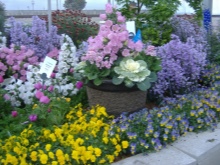
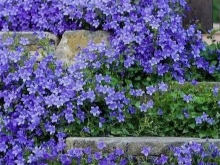
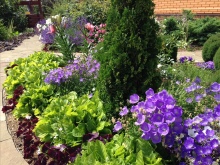
Overview of species and varieties
There are many varieties of perennial bells. Each subspecies has its own name, external characteristics, and also features of growth.
Broadleaf
Gorgeous tall look. Its stems can grow up to 1.5 m in height. The leaves grow large, have a serrate structure. The leaf blades are unevenly distributed along the stem. In their sinuses there are tassels of bells, which have a white, purple or blue color. The length of the latter can be up to 6 cm.
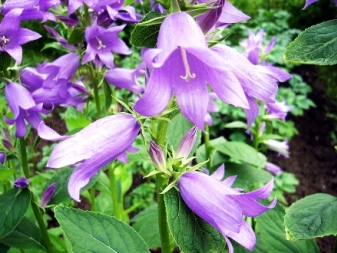

Broadleaf perennial grows well in partial shade and moist soil. It can be found not only in the country, but also in the wild. Transplants for adult members of the species are very stressful.Terry flower forms are more common in gardens. The most common in Russia are two varieties.
- Alba. Beautiful snow-white flower. The shape of the flowers is very beautiful, perfect. Mature plants can reach a height of 1 m. Flowers grow large - up to 5 cm. Frost-resistant plant, does not need covering materials for the winter.
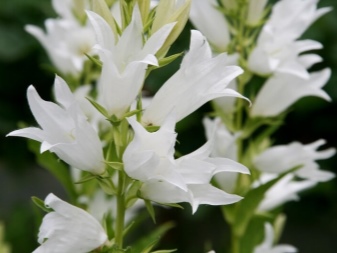
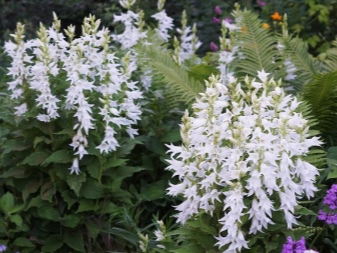
- Brentwood. Spectacular plant with bright purple inflorescences. Culture can become a chic decoration of a garden or a local area, as it looks rich and attracts a lot of attention, especially against the background of neutral colors.
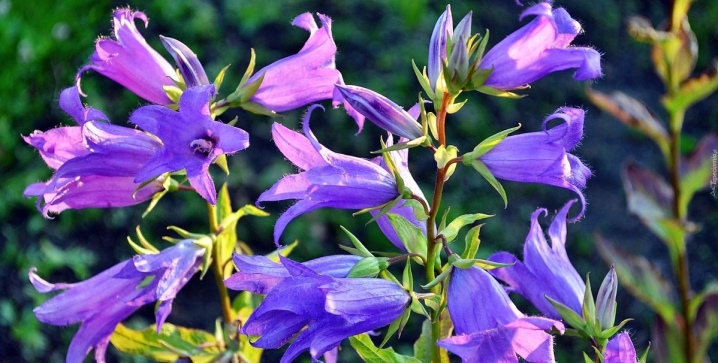
Spoon-leaved
Grown as a ground cover plant. It is short, grows up to 18 cm. It is also called spiral-leaved. It has filamentous stems that form a continuous sod. Flowers grow small, drooping. They form blue or snow-white inflorescences.
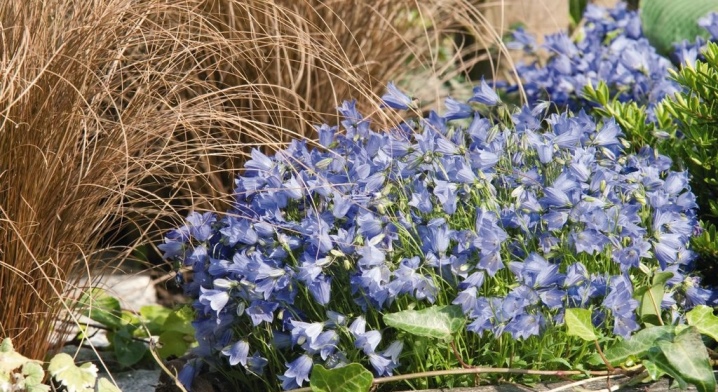
Lactobacillus
Tall appearance. It can grow up to 150 cm. It has a strong and dense stem, branching well in the upper half. The flowers are white or purple. Reach 3-4 cm in size. Collect in neat inflorescences.
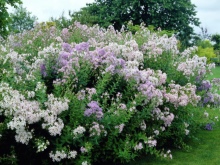
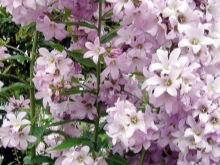
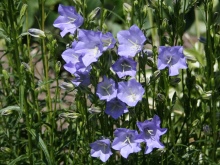
Representatives of this species love sunny areas and reproduce by seed sowing. Let's consider the most popular varieties.
- Cerulea. Perennial herbaceous variety, has straight shoots and inflorescences at their tips. Adult plants grow up to 60–80 cm. The leaves are alternate, narrowed, and have crenate edges. The flowers are 5 cm in diameter.
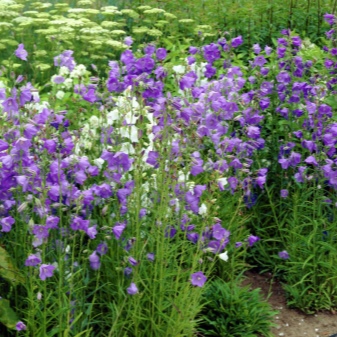

- Loddon Anna. Unpretentious perennial. Differs in delicate flowers with pink color. The diameter of the bells is 4 cm. The plant reaches a height of 120–150 cm.
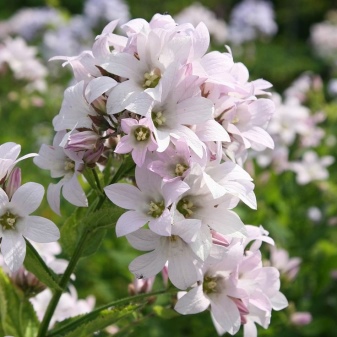
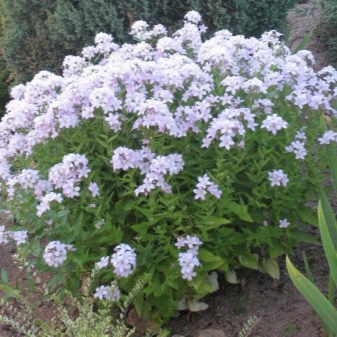
Nettle
The stem reaches 1 m in length, covered with hairs. The flowers are single, white, blue or purple. Nettlebell grows best in shady areas. Loves damp gully grounds or forest areas. The composition of the soil does not play a special role. The plant is winter-hardy, loves moisture. Sowing tolerates negatively, but multiplies quickly by self-seeding.
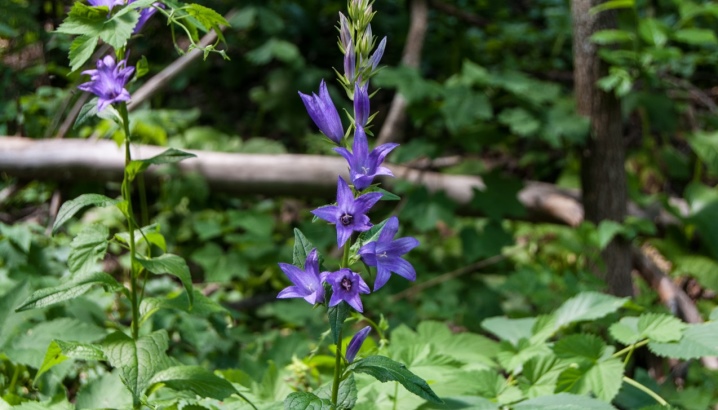
Carpathian
Not the highest mountain representative of the culture: its height is only 30–35 cm. The stems are branched and are large in size. Large-flowered species - flowers grow up to 5 cm. Usually the plant is propagated by the seed method, but cuttings and division of bush planting are also allowed.
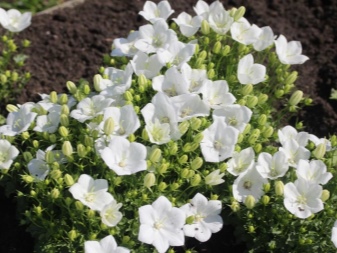
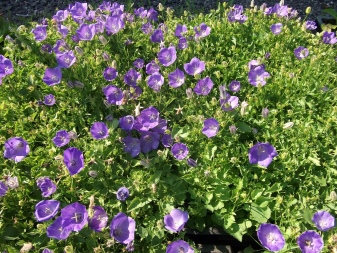
The most popular of the varieties is White Star. Has a thin branching stem. The representative of the species is low - reaches only 25, a maximum of 30 cm. The leaves are long, located at the base of the stem, have a heart-shaped structure. The plant loves well-lit areas.
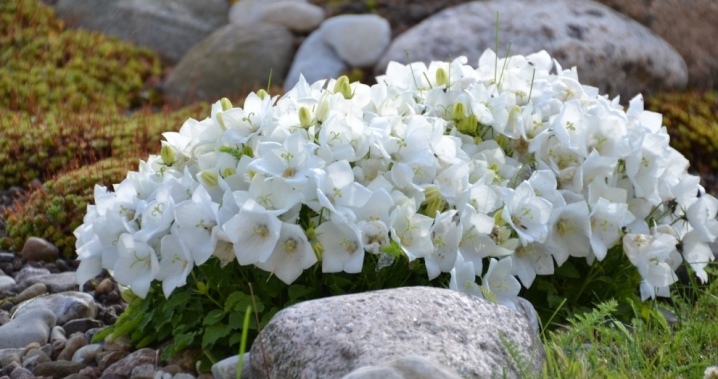
Landing rules
Many gardeners are involved in the cultivation of perennial bells. These plants not only look attractive and colorful, but also make the site more aesthetic and well-groomed. But it is not enough just to choose a beautiful variety of this perennial. It is equally important to correctly carry out its transplant, observing all the rules and nuances.
Site and soil selection
It is very important to find an ideal soil and place on the site for planting. Most of the varieties of the plant in question are similar in their requirements: they prefer to grow in areas with loose, well-drained soil and light partial shade.
The presence of the open sun and falling direct rays will lead to the fact that the flowering of the bells will be short-lived.
Plants should not be in damp stagnation conditions, so they should not be planted in wetlands.
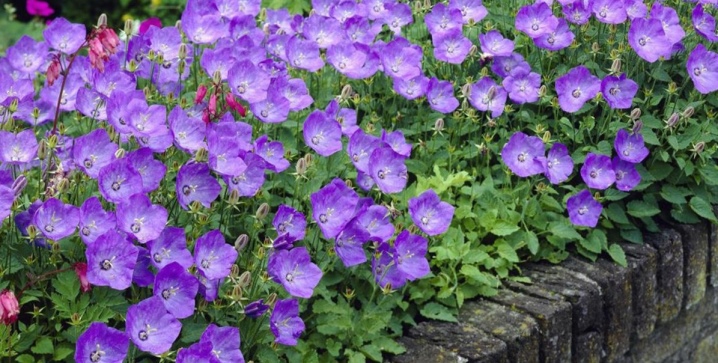
Soil preparation
It is advisable to allocate light soils for planting. It can be loamy. Previously, it is permissible to combine the earth with loam, humus or sand. If the soil is heavy and poor, then it needs to be fed with turf soil.
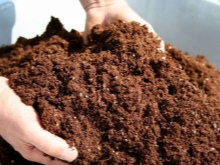
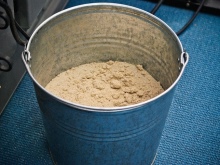
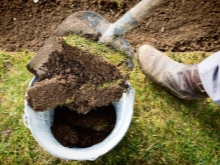
Before planting perennial bells, you need to carefully dig up the soil. Experienced gardeners recommend applying special superphosphates and manure (necessarily rotted) to the soil.
There is no need to add peat to the soil, otherwise dangerous fungal diseases can be provoked.
Fresh manure is also not allowed - for bells, this additive will be very aggressive.
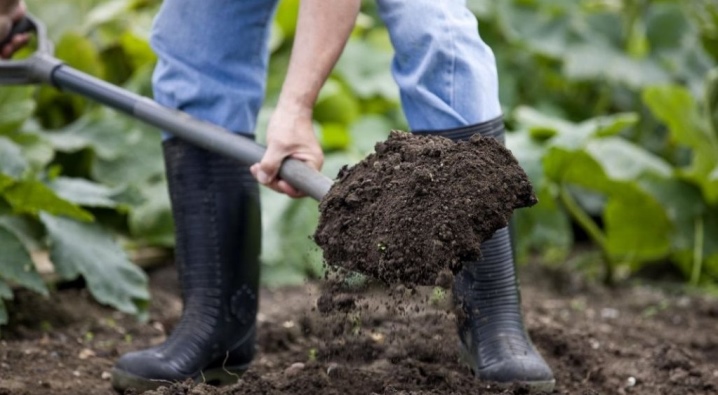
Make sure that the soil for planting is slightly alkaline or neutral.
If there is a high acidity, then a little wood ash should be added.
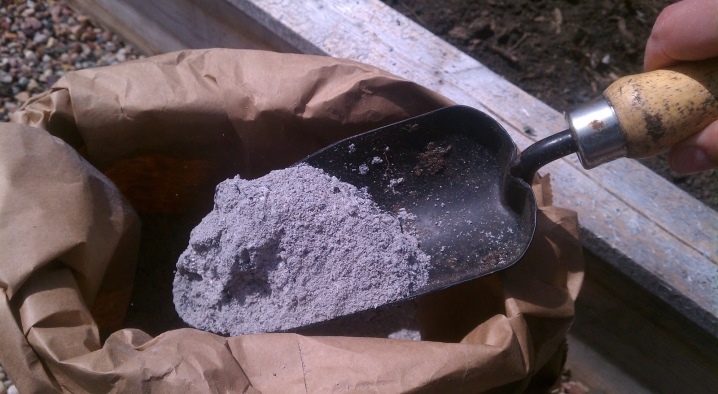
How to plant?
Planting of perennial bells takes place in several stages.
- First, you need to prepare the seeds of the plant. Thus, their germination capacity will increase. The seeds are placed in a container filled with nutritious soil. The composition should contain turf and humus. In advance, the soil in the container must be loosened and watered. Seeds are placed at a depth of 2 cm, sprinkled with soil, watered. It is necessary to prepare the material in March.
- The container with seeds should be left in a bright place at 18 degrees. When the seeds hatch, you need to loosen the ground, cut off diseased leaves from the seedlings. In such conditions, the seedlings should remain for 20 days.
- In open ground, seedlings are planted in late spring or at the very beginning of the summer season.
- For this, the selected area must be dug to a depth of at least 20 cm.
- Next, top dressing is added.
- The seedlings are placed in planting holes. There should be 15 cm gaps between them. The space for planting must be spacious.
- Then organic fertilizers are added: peat, manure.
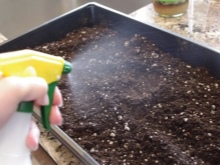
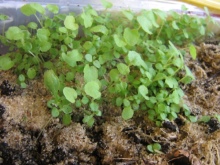
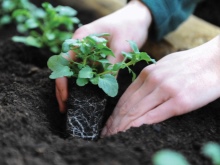
Care
Growing the perennials in question is not difficult.
- Constant watering is not required for these flowers. They are moistened only when there is prolonged heat and heat outside.
- Watering is necessary only under the spine. Leaves and buds cannot be moistened. Dried soil must be loosened, weeds removed.
- Top dressing is required to be applied 2 times per season. For the first time - after the snow melts, in this case it is nitrogen supplements. The second time flowers need complex fertilizers. They are introduced at the stage of plant budding.
- To prolong the flowering of perennials, it is necessary to remove wilted flowers in a timely manner.
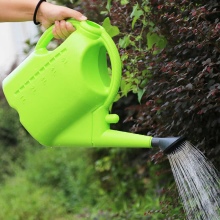
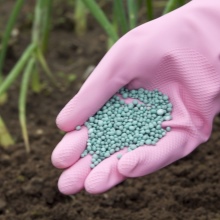
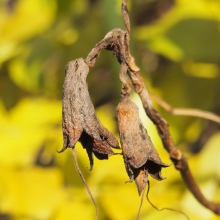
Reproduction methods
Perennial bells can reproduce in 3 ways.
- By cuttings. Cuttings are prepared first. This is done in March. Cuttings should be cut from healthy and young stems. Then they are planted in a container with soil mixture. As soon as the seedlings have roots, they can be transferred to the ground in the garden.
- By division. Thus, bells can only be propagated from the age of 3. It is necessary to dig out a bush, cut it into separate parts, and then plant them in other places of the site, observing all the rules.
- Sunflower seeds. Not the easiest way to reproduce a flower. With the seed method, plants run the risk of losing all varietal characteristics and characteristics. They begin this procedure, starting with the preparation and planting of seeds in prepared tanks with soil mixture. As soon as they grow up, they are moved to the site.
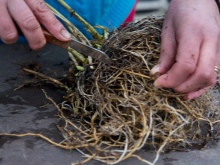

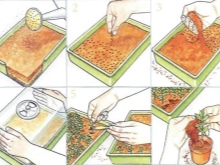
Diseases and pests
Perennial bells are unpretentious plants that do not need very difficult care. Most often they get sick due to improper watering.
You cannot grow the crop in question in the same place for many years - this will also inevitably lead to the occurrence of different diseases.
Disease-causing bacteria can accumulate in the soil, which have an adverse effect on plantings.
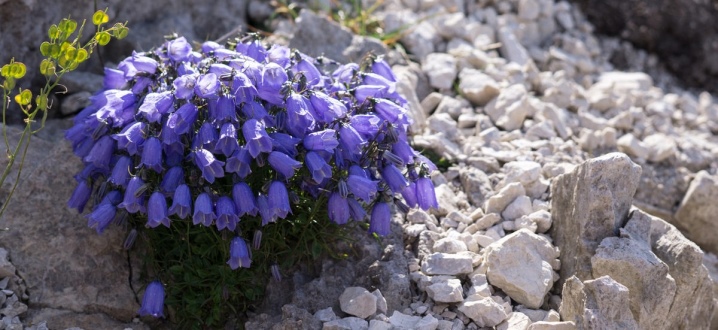
Let us consider in more detail what ailments perennial bells suffer from in most cases.
- Very often, the flowers in question become a target for such dangerous bacteria as fusarium, sclerotinia or botrytis. To overcome pathogens, it will be enough to treat the flowerbed with Fundazol solution (0.2%) a couple of times a season. Sometimes it is better to replant the plants to a new location.

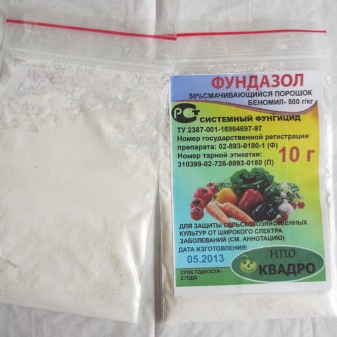
- High humidity values can lead to the formation of a slobbering penny on the flowers. The specified insect is capable of provoking the destruction of all flowers in a short time. To overcome this ailment, they make a tincture of water and garlic. All the bushes are treated with it.

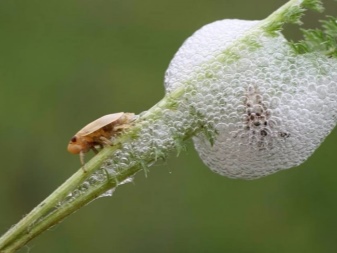
- Low-growing varieties are often targeted by slugs. In many cases, gardeners have to pick them by hand to save the flower. You can use certain drugs in the fight. Superphosphates are suitable here - they need to be brought into the ground around the stem. Various folk methods are also acceptable, for example, making a tincture of bitter pepper. She needs to spray a sick bell.
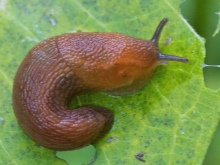
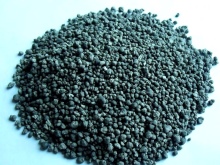

It is necessary to monitor the state of the perennial bell, to monitor its "health". When the first signs of a developing disease are detected, all the necessary actions to treat the flower should be taken as soon as possible. You shouldn't waste time in vain - this can lead to sad consequences for a green pet.
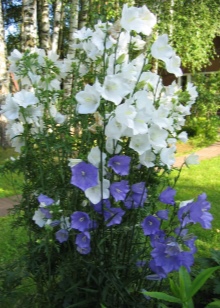
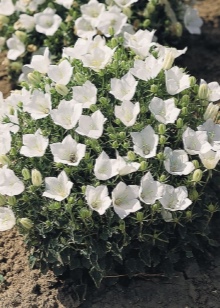
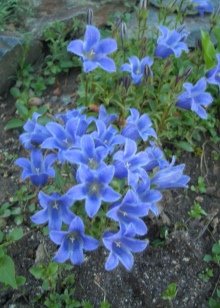
There is even more useful information about perennial bells in the video.







































































































The comment was sent successfully.